Description
Our treated fence pickets (also called wickets) are manufactured from quality softwood timber and planed to a nice smooth finish. They are treated using a high pressure process, which will help protect the wood from the elements. When building a picket fence, they are normally used in conjunction with our picket fence rails, which have been planed to match. These are the same components we use to make our picket panels and gates, so whether you are looking to build a totally new fence from scratch, or looking to extend an existing fence, we can help.
How many pickets do I need?
This bit can get tricky, depending on how you plan to space the pickets – but we’ll try to simplify it here. From our many years experience there are 2 main ways this tends to be done. Either a 50mm gap is left between each picket or use a wicket as a spacer (ie. a 70mm gap). Below is a simple way to calculate how many pickets are needed.
50mm gap between pickets – FOR EVERY 1.2M YOU’LL NEED 10 PICKETS
gap of 50mm + 70mm picket = 120mm. 1200mm (1.2m section of fence) divided by 120mm = 10 pickets.
Using a picket as a spacer (70mm gap) – FOR EVERY 1.4M YOU’LL NEED 10 PICKETS
gap of 70mm + 70mm picket = 140mm. 1400mm (1.4m section of fence) divided by 140mm = 10 Pickets
These formulas can of course be applied to any length of fence. Simply convert the distance you need to cover to millimetres and apply the appropriate division depending on your gap.
In this example we’ll work out how many pickets we’ll need to cover 59 feet (lets go imperial for a second!) with a 50mm (just under 2 inch) gap:
59 feet in meters = 17.98m (round this up to 18m for ease) -ps. Use an internet search engine to find a free converter, there’s loads available.
18000mm is the distance of the fence so: gap of 50mm + 70mm picket = 120mm. 18000 divided by 120 = 150 Pickets.
**PLEASE NOTE – the timber can sometimes shrink or expand in hot or wet conditions. The 70mm quoted is an approximate size, and can sometimes differ by small margins. This formula is intended as a guide only, and depends on accurate spacing by the installer, and the aforementioned under/over sizing (which can make a difference over long spans).
If you need us to double check your quantities (or we’ve just confused you even more than when you started!) please give us a call or email us and we will be happy to help you.
Aftercare of a picket Fence
Because these are treated fence pickets, there’s no immediate requirement to treat the timber when installing. As with all timber, it is a good idea to treat every year or 2 (or as required) just to keep the wood in top condition. Clear treatments can be purchased to retain the original colour, or of course any fence paint is perfectly fine to use. We stock a range of timber treatments should you need some.

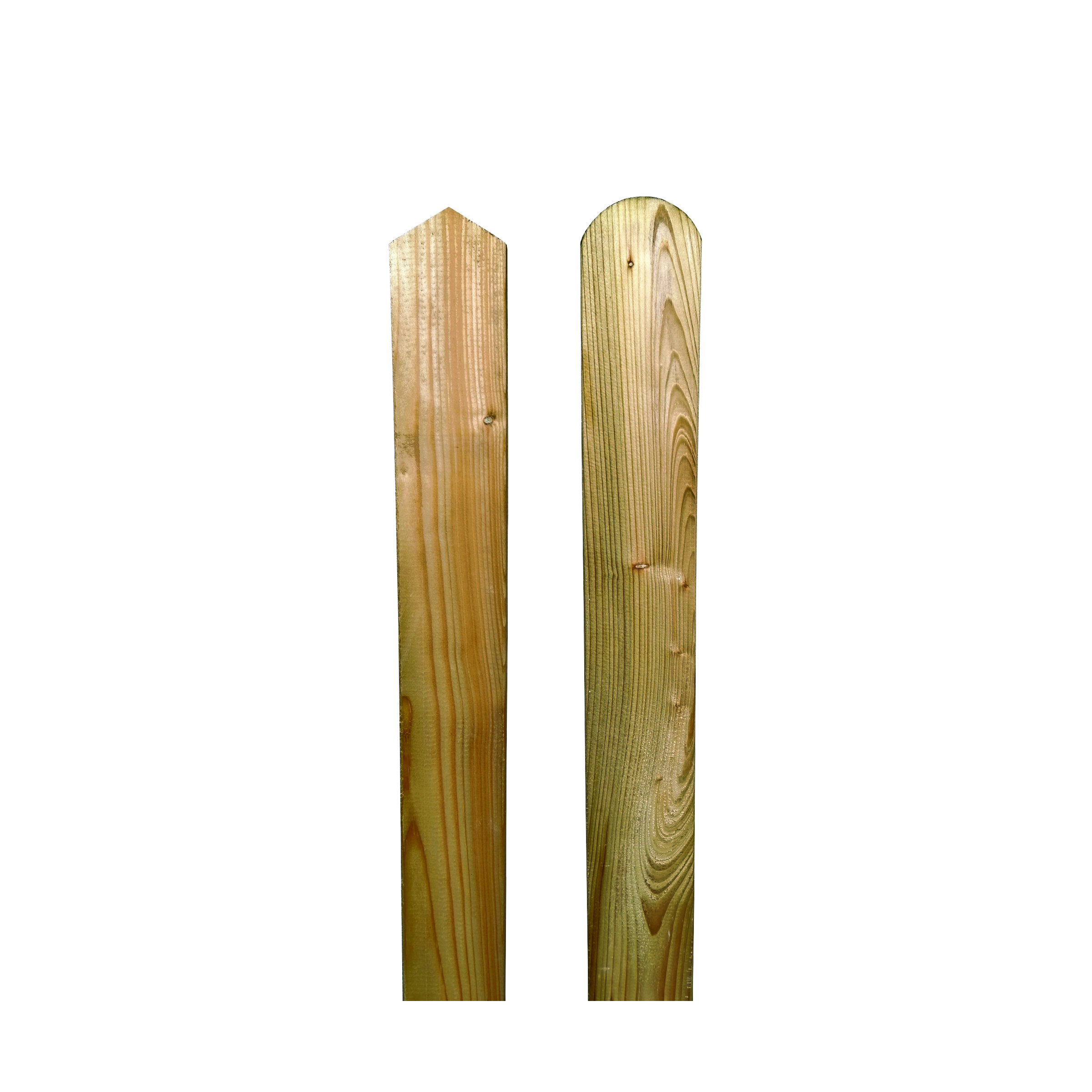
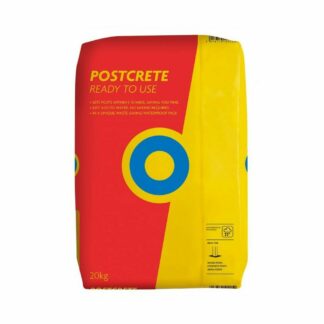
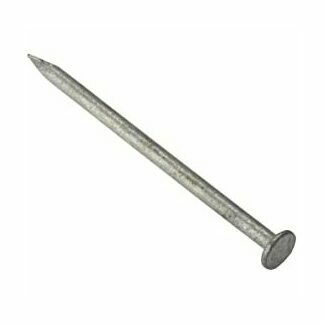
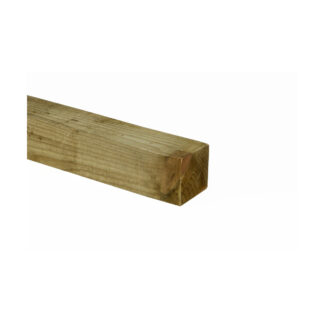
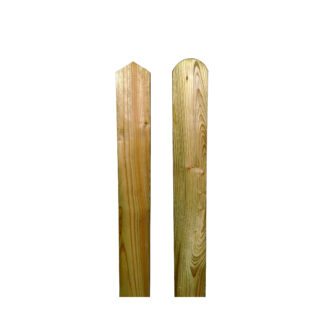
Baker (verified owner) –
Quick delivery, now in place and the fence looks very smart. Good quality.